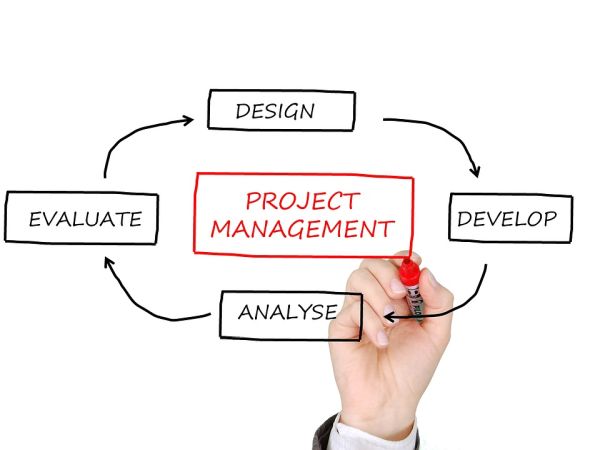
Having a process set in stone when working on any client’s web development project is fundamental for us here at Priority. Stepping through each stage with a considered and preordained plan to hand, is not only vital in ensuring that nothing is forgotten, it also keeps us sane! From the get go when we first make contact with a possible client, we make sure that we ask the right questions. This ensures we are armed with the knowledge of what a client wants from us, as well as making sure they themselves feel comfortable, knowing they are in good hands.
For us the process is a two-way relationship – we like to make sure that there is a balance between getting the job done from our end, whilst at the same time keeping the client informed along the way of the planned steps we’ll be taking. Client feedback is of course also a vital part of the process, so we ensure regular revisions to make sure everyone is still on the same page along the way.
Asking The Right Questions
There are a number of things we ask any prospective new client of ours as standard, to get an initial idea of who they are as a business and what their aspirations are. Among the questions we always initially ask are:
– What services does your business offer?
– Who are your customers?
– Do you have an idea who your main competitors are?
– What kind of pages and features do you want on your website?
Getting detailed answers to these queries (amongst quite a few others), gives us a clear starting point. It enables us to get a better overview of a client’s business, and how they see a web presence benefiting them, based on their current situation and business model.
Look & Feel
Obviously, the look and feel of any website is of paramount importance to the user experience. In our initial preparation phase on any client project, it’s vital for us to gain an insight into any ideas or visual inspirations they might have for how they want their site to look. This often comes from asking them to list examples of any websites they particularly like the look of. Following from that, when we enter the initial design and development environment setup phase, we are able to put together examples of two or three site variations (filled at that stage with dummy content and imagery). We then send those to the client, and this gives us invaluable feedback at an early stage with regards to what they like or don’t like. From here we usually have a good idea of stylistic combinations that will work, based on their feedback. We are then are able to make concrete headway with regards to the site’s foundations.
Searching For The Right Words
Whether a client chooses to write their own copy for a web development project, or they ask us to undertake the task for them, in page SEO (Search Engine Optimisation) is a big part of project process. Our go to tool for keyword research is Google’s Keyword Planner. By researching a client’s competitors, whilst also focusing on what search terms they want to be ranking for, we methodically build up a list of search terms and keyword phrases. We then work through this list with the client to optimise their copy for SEO, whilst ensuring no keyword ‘stuffing’ occurs. It’s important that the copy is both natural, whilst still containing the keywords the client hopes to rank for.
Another tool we find very handy for SEO optimisation within the WordPress framework, is the Yoast SEO plugin. The plugin allows you to write meta titles and descriptions for all your content, whilst its page analysis functionality also looks at content and page title length, image alt tags and it even has built in Sitemap creation.
Getting To The Finish Line
As we approach the final stages of a web project, and the all-important ‘go live’ date for a client’s site, the testing and feedback procedures we have in place, come into their own. Ensuring that the finished product is exactly what the client ordered is paramount to us. Through a check and sign-off procedure encompassing all elements of the project, there is always confidence that everything is where it should be, and that the client can look forward to their live website looking exactly as they wanted.



